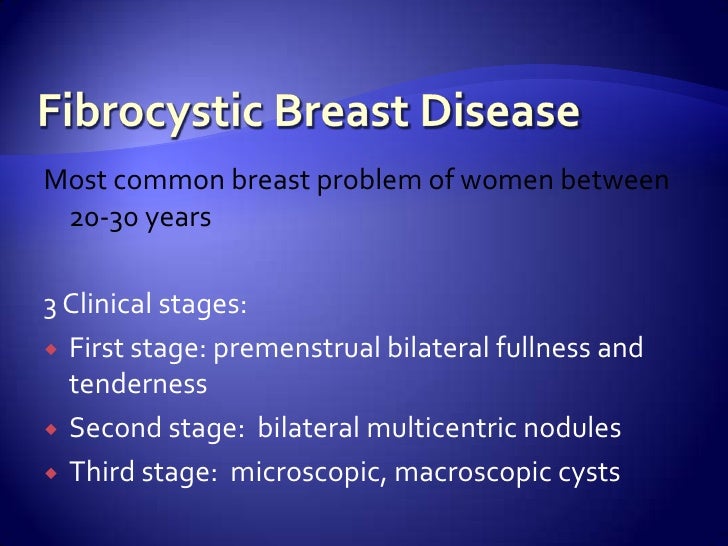
It is most often caused by trauma (injury) to the breast, although it may also be seen without any history of trauma.

What does it mean if my report says fat necrosis?įat necrosis is a benign condition that is not linked to cancer risk. More information about many of these can be found in Non-Cancerous Breast Conditions. They are of no concern when found along with cancer. What does it mean if my report uses any of the following terms: adenosis, sclerosing adenosis, apocrine metaplasia, cysts, columnar cell change, columnar cell hyperplasia, collagenous spherulosis, duct ectasia, columnar alteration with prominent apical snouts and secretions (CAPSS), papillomatosis, or fibrocystic changes?Īll of these are terms that describe benign (non-cancerous) changes that the pathologist might see under the microscope. An excision biopsy is much like a type of breast-conserving surgery called a lumpectomy. An excision biopsy removes the entire abnormal area, often with some of the surrounding normal tissue. In a needle biopsy, a hollow needle is used to remove a sample of an abnormal area. The questions and answers that follow are meant to help you understand medical language you might find in the pathology report from a breast biopsy, such as a needle biopsy or an excision biopsy.

Information in this report will be used to help manage your care. The pathologist sends your doctor a report that gives a diagnosis for each sample taken.

When your breast was biopsied, the samples taken were studied under the microscope by a specialized doctor with many years of training called a pathologist.


 0 kommentar(er)
0 kommentar(er)
